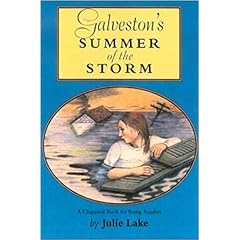OK, so older is not always better. The bestsellers of today are sometimes full of gratuitous sex and violence, without much depth of character and devoid of significant meaning.
Janice Meredith, one of the ten best selling novels of 1900, didn’t have any sex, other than a few stolen kisses, and the violence of the American Revolution was described somewhat obliquely through the eyes and experiences of the noncombatants, Janice and her mother. For example:
“Only with death did the people forget the enormities of those few months, when Cornwallis’s army cut a double swath from tide water almost to the mountains, and Tarleton’s and Simcoe’s cavalry rode whither they pleased; and the hatred of the British and the fear of their own slaves outlasted even the passing away of the generation which had suffered.”
Nevertheless, the character development in Janice Meredith is poor, and by today’s standards, the book could have been edited down from 503 pages to about half that. Janice herself begins the novel as a giddy teenager reading romance novels and indulging in romantic fantasies, and she ends the novel, after having bounced from one suitor to the next and back over a dozen times, indulging in her new romantic fantasy of marriage to dashing young officer with her father’s reluctant permission.
The characters of the Revolution –George Washington, Cornwallis, General Gates, General Lee, and others—appear with as much historical accuracy as can be expected in a romance novel. The battles and the deprivations that the people experience as the war drags on seem real, and if the language is little flowery, the descriptions are at least based on fact.
The main problem with the novel was that I never really liked wishy-washy little Miss Meredith. She never knew what she wanted. SHe ran away with one man and was fetched back by her parents. She promised herself in marriage to at least four different men over the course of the novel in return for their help to her and her family as they attempted to navigate the vicissitudes of war. Janice’s father promised her to several different men, usually the same ones Janice affianced, but at differing times. It made for several confusing reversals of plot, and Janice ended up seeming fickle and willing to give herself in marriage to the highest bidder.
If all of the bestsellers of 1900 are like this one, I feel sure that:
a) most of the books on the bestseller list must have been purchased and read by women. I can’t imagine any man reading through 500 pages of this.
b) surely Dickens’ and Thackeray’s heroines were a relief to the ladies of 1900 after reading about Miss Janice. At least Dora (David Copperfield) knows she’s found a good man in David, and Becky Sharp (Vanity Fair) could have transplanted herself to the New World and had a whopping adventure in the time it took Janice to dither around, flirt with half the British army, and then end up where she began with a penniless and somewhat immature American fiance.
Footnote: I looked up the author, Paul Leicester Ford, and his life, or more particularly his death, would make a rather lurid novel. (In fact this NY TImes article about Ford’s death reads like a novel. Ah, the good old days of yellow journalism!) Ford wrote biographies as well as novels, and his subjects were several of the founding fathers, including Washington. So I’m guessing his facts and characterizations are, as I said, quite accurate.

